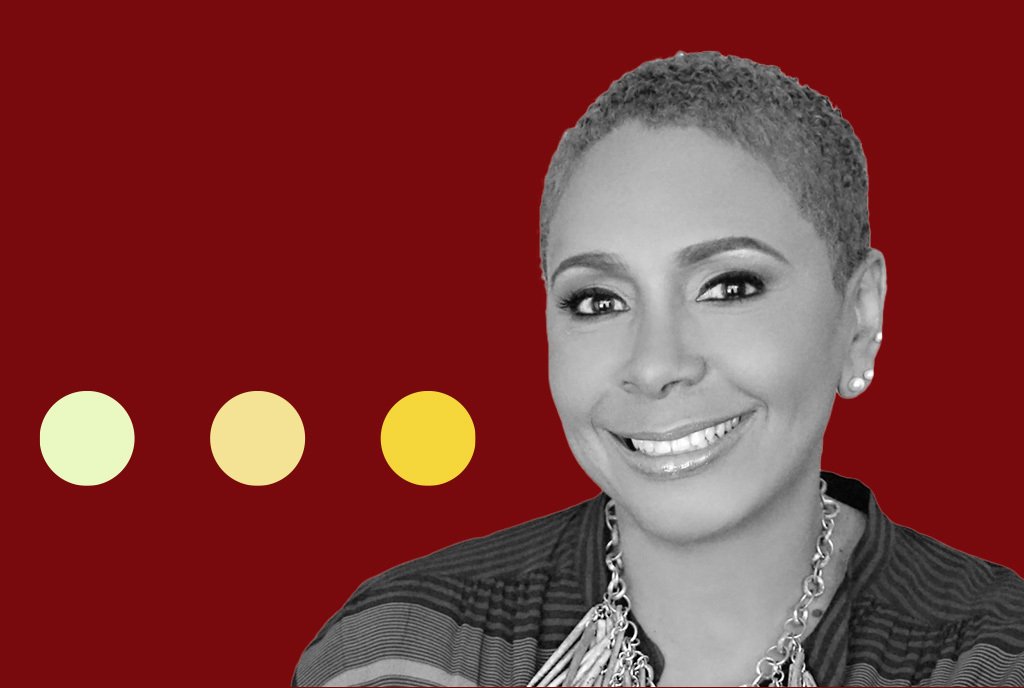Starting today, I’m embarking on a new venture as a regular columnist for the Chronicle of Philanthropy. I couldn’t be more thrilled. Philanthropy is one of the most dynamic, creative, and inspiring forces in the nation, but I’m convinced it can do more and work better. My hope is that this column prods, provokes, and points forward.
I write from the uncommon position of someone who is both a grant seeker and a grant maker.
I’ve spent the last quarter-century building Interfaith America, formerly Interfaith Youth Core. We are driven by the belief that religious diversity is foundational to American life. The United States is the most religiously diverse nation in human history, the most devout country in the Western Hemisphere, and the world’s first attempt at religiously diverse democracy.
Responsible civic institutions need to ensure that America’s religious traditions are not forfeited to the nefarious forces of prejudice, extremism, and division. Faith must be a bridge to deeper understanding and stronger social cohesion — not further polarization.
I started the organization in 1998, when I was 22 years old. It took four years of running projects, experimenting with organizational structures, and cajoling program officers before we received our first grant — $35,000 from the Ford Foundation. The grant letter is framed and hanging in our office. I wrote about the journey to building Interfaith America both in my recent book We Need To Build: Field Notes for Diverse Democracy and in a previous Chronicle op-ed.
(The Ford Foundation is a financial supporter of the Chronicle of Philanthropy.)
We are now a nearly $15 million organization that helps build the field of interfaith cooperation and pluralism, in part by awarding grants of our own.
A typical day at the office has me talking in the morning to a foundation president about a grant I’m seeking for Interfaith America, and in the afternoon talking to a college administrator seeking a grant from Interfaith America to run a campus-community pluralism partnership.
In the first call I’m wondering how I can get the most money. In the second, I’m focusing on how our money can bring about the greatest impact. In other words, I sit on both sides of the philanthropy-nonprofit desk and have thoughts about how the process can go better and how the outcomes can be improved.
What else is useful to know about me as I launch this column?
I believe social change is not principally about a more ferocious revolution but a more beautiful social order. A social order is essentially a network of institutions, and institutions are built by collaborations between philanthropists and civic leaders.
The New Status Quo
It’s also at the level of institution where I believe philanthropy can make its most important contribution. Build a Mayo Clinic and invest in those interested in applying a similar approach to their focus area. When enough models on the ground clearly show that that approach works better than the alternative, network them together, mix in some good public policy, and call it the new status quo.
This is roughly how American higher education was built: Protestant liberal arts colleges inspiring Catholic ones. East Coast research universities serving as a template for Midwestern institutions. And philanthropy undergirding all of it, with the Morrill Land-Grant Acts and the G.I. Bill helping to achieve scale. That’s system change.
I think the field of philanthropy — in fact, the entire social change arena — has moved far too much toward critique in recent years and not enough toward construction. My basic approach to social change is that we defeat the things we do not love by building the things we do. Philanthropy needs to be in the business of supporting the builders, not encouraging the bomb throwers. A healthy sector cannot have a hundred arsonists for every architect.
In this column I’ll be focusing on social-change bright spots, following the work of my friend David Bornstein, the co-founder and CEO of Solutions Journalism Network. That means highlighting things that are working and asking how we can do more of them.
One of the topics that I will touch on frequently is pluralism. Interfaith America is essentially a diversity organization, but I find myself sideways to a lot of the current discourse in the diversity, equity, and inclusion world. I think diversity work should mostly focus on cooperation across difference, not the effects of power, privilege, and oppression. The emergence of collectives such as New Pluralists gives me great hope. (Full disclosure: I’m one of the organization’s founding fellows.)
I think a diverse democracy is both a sacred and a tenuous endeavor. For most of history, human beings have lived in small, identity-based groups, more likely to foster hostility with people of other identities than cultivate harmony. Anywhere that cooperation across lines of difference occurs — say when a Jewish doctor delivers a Muslim baby at a hospital founded by Catholics and led by a Hindu — we should marvel. And we should ask ourselves: How do we do more of this?
Religious Identity
You’ll notice that I highlighted religious identity in that last paragraph. That’s obviously deliberate. Mounds of social science, from Robert Putnam’s book Bowling Alone to the Bridgespan report “Elevating Faith Inspired Impact in the Social Sector,” demonstrate the central role that religion plays in motivating volunteerism, inspiring philanthropy, and animating civic institutions. And yet it is nowhere to be found in most DEI conversations.
I’ve been involved with major national institutions that give you a dozen boxes to check under the category of gender — a practice I support — but make zero mention of religion, even though a significant number of their member institutions were founded by faith communities.
I’ll be looking to redress that here. Just as trends in racial identity and diversity affect philanthropy and the nonprofit world, so do trends in religious identity and diversity.
Intrigued? Let’s continue the conversation.
Credit:Source link



